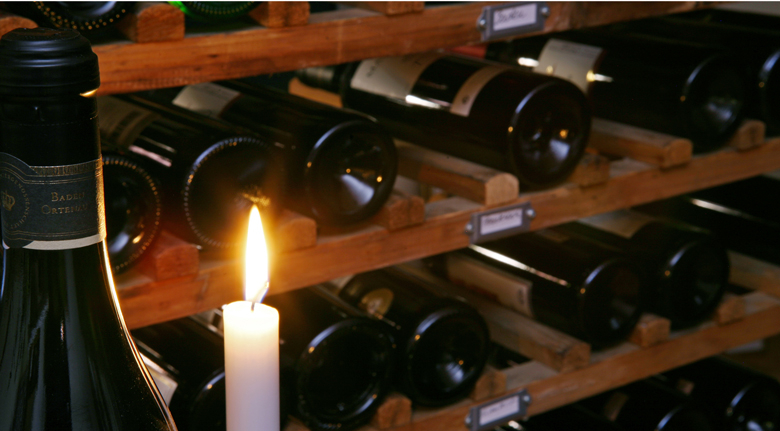The Maturation of Red Wines
how it is working and tips
https://www.bonvinitas.com/media/reviews/photos/thumbnail/780x480c/b7/39/3f/the-maturation-of-red-wines-10-1754649562.jpgA wine needs potential for maturation
Where there isn't much, not much can mature. It takes powerful, full-bodied wines to reach their peak. Tannins, in particular, play a key role. Tannins are secondary plant compounds found in grape seeds, grape skins, and stems. Red wines contain significantly more of these, especially during mash fermentation, as the color is derived from the grape skins. The word tannin for wine is comimg from the French, tannin. Red wines with a powerful tannin structure, which can still taste quite harsh when young, have great aging potential, so it's worth waiting.
With maturation, the wines become softer and significantly more complex
Tannins are more complex phenols and consist of several aromatic ring compounds of carbon, the most important building block of all life. These aromatic rings can link together. They also bond with aromas, many of which also consist of such rings. This gradual linking together is what defines the aging of red wine. This process, which takes time, is creating very complex, widely branched, long phenol chains. These are what taste so wonderfully soft and aromatic on the tongue and equally delight the nose, even enrapturing one. Younger, shorter tannin chains, on the other hand, taste considerably harsher. Incidentally, the acidity hardly breaks down during aging; it merely blends into the flavor interplay and then becomes less prominent, yet forms an important foundation and support for the overall ensemble. Therefore, the wines selected for aging should not be too low in acidity.
How long does it mature and how?
Softer red wines with less acidity and not too strong tannins are often at their peak after one or two years. They also deteriorate again after a few years. So don't wait too long! You can always try a bottle every now and then. High-quality red wines with plenty of fruit, many aromas, and above all a strong tannin structure from the outset can develop over years, even decades. As is well known, many internationally renowned red wines from older vintages command a lot of money, although speculation is naturally also involved.
The wines should definitely be aged lying down to prevent the cork from drying out and allowing too much oxygen to pass through, which is harmful. Light and heat are also harmful – so keep the temperature in the cellar as low as possible, and let it mature quietly, as vibrations also damage the development of the aroma chains. With a small amount of oxygen, such as that allowed by cork or a wooden barrel, the wines mature somewhat faster than in complete occlusion, such as with a practically airtight screw cap. However, there is still little experience with the latter's effectiveness over many years.
The color also reveals a lot
Young red wines, which still exhibit gentle yeast notes in their flavor, exhibit light violet reflections within the red base color. These fade after just a few months and fade into dark, often almost black reflections. With maturation, however, delicate golden reflections gradually develop beneath the dominant red, which gradually fade into a brownish shimmer with age. Wines that already exhibit brownish reflections can be assumed to have passed their peak.
Dieter Simon, publisher and editor in chief of bonvinitas





